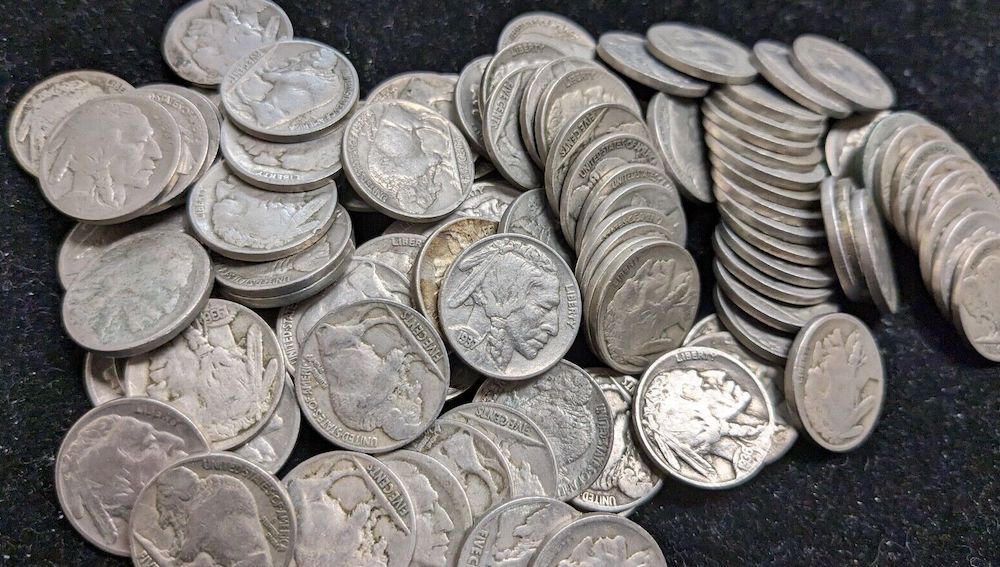The Buffalo Nickel holds a significant place in American numismatics, capturing the essence of the American West with its striking design. Minted from 1913 to 1938, this iconic coin features a Native American on the obverse and a magnificent buffalo on the reverse. Beyond its captivating imagery, the Buffalo Nickel exists in different metal varieties, each adding its own unique twist to this historical coin.
The Buffalo Nickel, officially known as the Indian Head Nickel, was designed by the renowned sculptor James Earle Fraser. The obverse depicts a proud and stoic Native American, with Fraser drawing inspiration from a composite portrait of three Native American chiefs—Iron Tail, Two Moons, and John Big Tree. The reverse showcases an imposing American bison, commonly referred to as a buffalo, which became synonymous with the American frontier.
Composition: Copper-Nickel Alloy: The initial Buffalo Nickel, minted from 1913 to 1942, was composed of a copper-nickel alloy. The coin consisted of 75% copper and 25% nickel, giving it a distinctive silver-like appearance. This composition remained consistent throughout most of the coin’s production, making it a recognizable and beloved symbol of American history.
World War II Altered Composition: In 1942, as a result of World War II and the increased demand for nickel in munitions production, the composition of the Buffalo Nickel underwent a significant change. To conserve nickel for the war effort, the United States Mint modified the coin’s composition to 56% copper, 35% silver, and 9% manganese. These coins, known as the “War Nickels,” bear a large mint mark above the depiction of Monticello on the reverse side.

